What City Murals Say About Us
Gilbert Cavanaugh, American Renaissance, June 22, 2018

In 2014, when American Renaissance published my photo essay on the demographic change in Minneapolis, I wrote that “one sure sign that whites are being displaced is the number of murals. The more murals, the worse the neighborhood.” That has been true everywhere I have lived or visited, and Chris Roberts of American Renaissance has written several photo essays that make the same point.
In American cities, murals urge passers-by to “stop the violence,” learn to read, or to just get along. These clumsy images are often painted by children in after-school programs that are supposed to keep them out of trouble. Apparently there are bureaucrats and liberals who believe these eyesores are a positive good, but I find it hard to imagine a less effective way to reduce violence or encourage community. The murals just remind people they live in a terrible neighborhood.
Here are some examples.
Minneapolis:
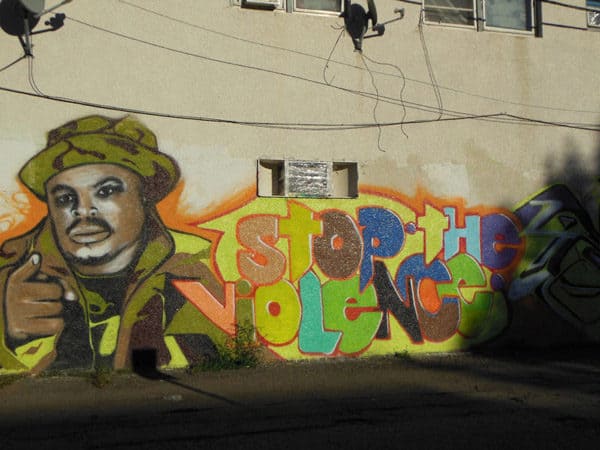
Washington, D.C. (Anacostia):
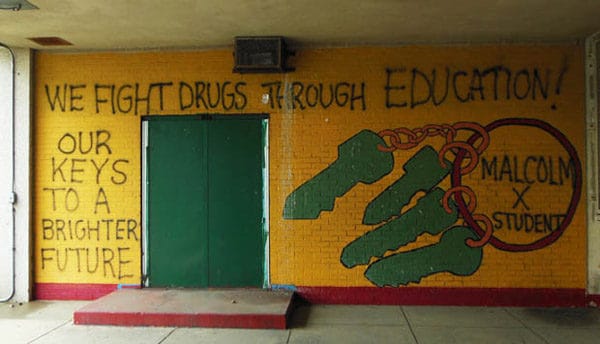
(This school was shuttered.)
Washington, D.C. (Columbia Heights):
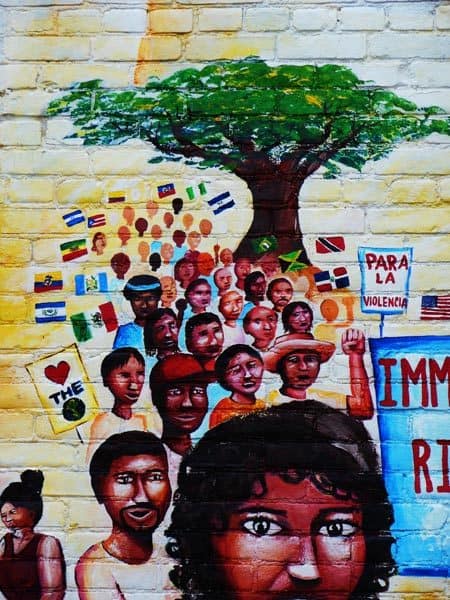
In April, I found a different kind of mural in a tiny Georgia hamlet called Lakeland, where murals on the sides of buildings show scenes from the town’s history.

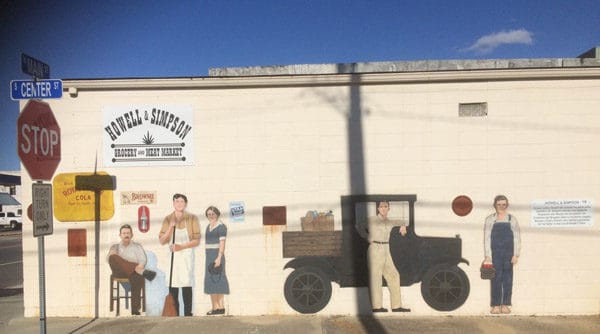
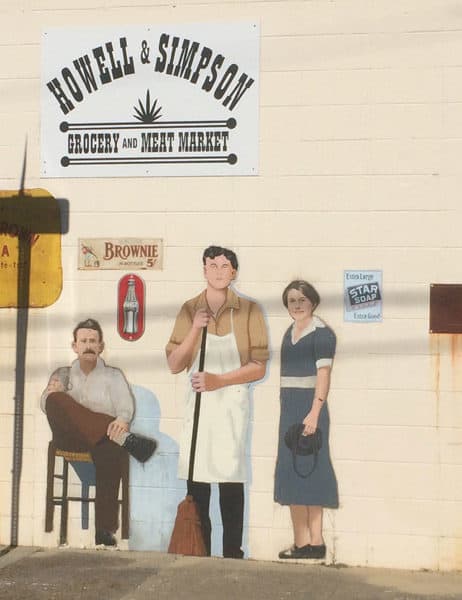
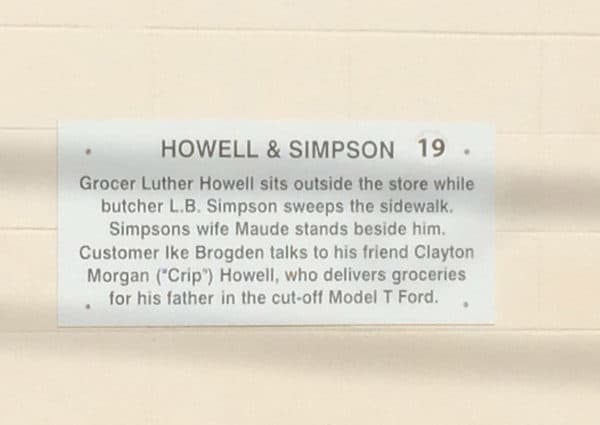
The people in these murals were local citizens.
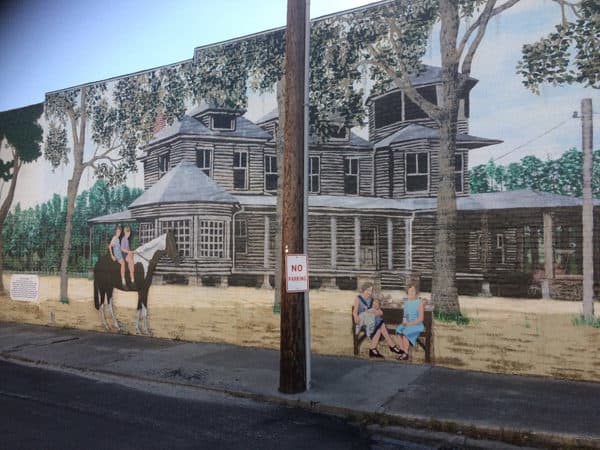
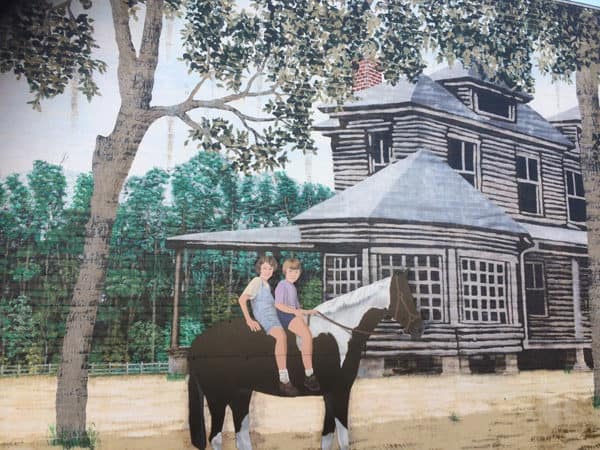
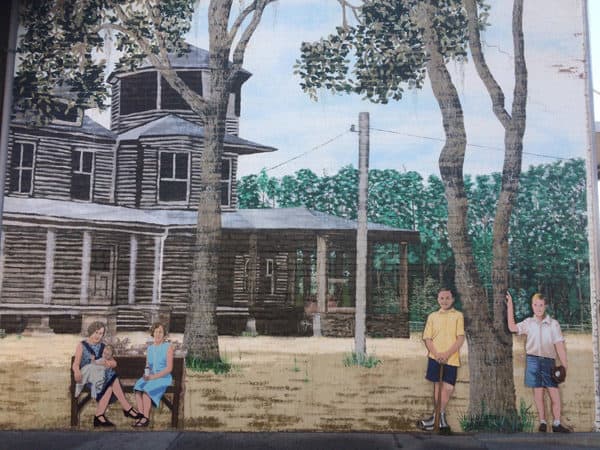
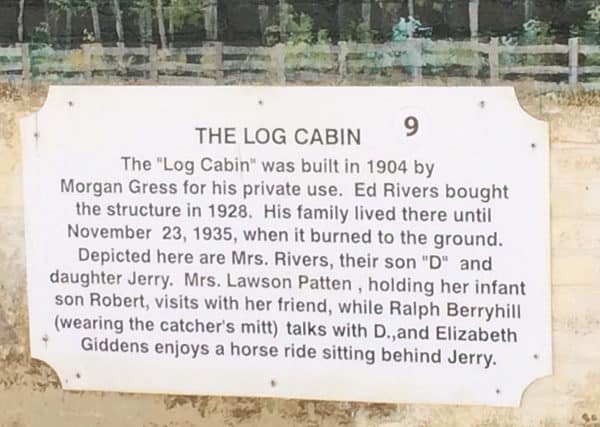
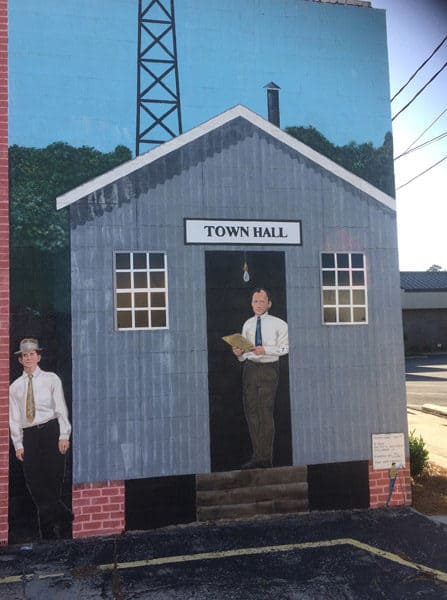
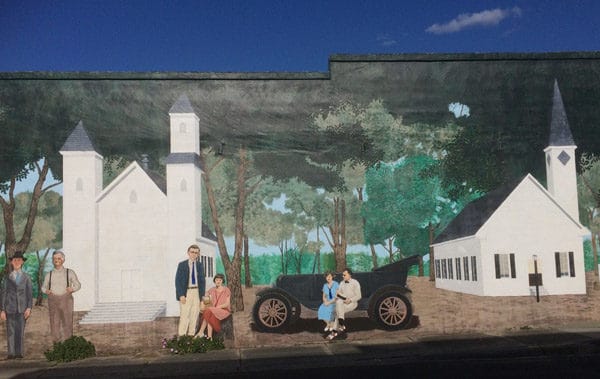
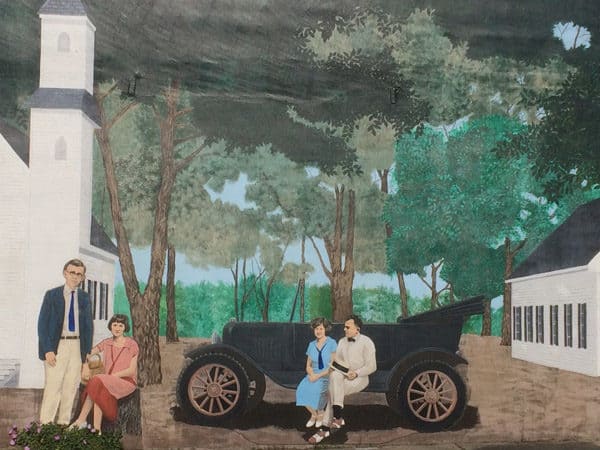
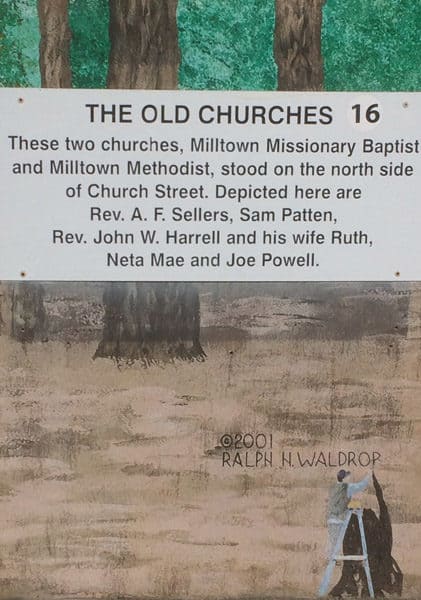
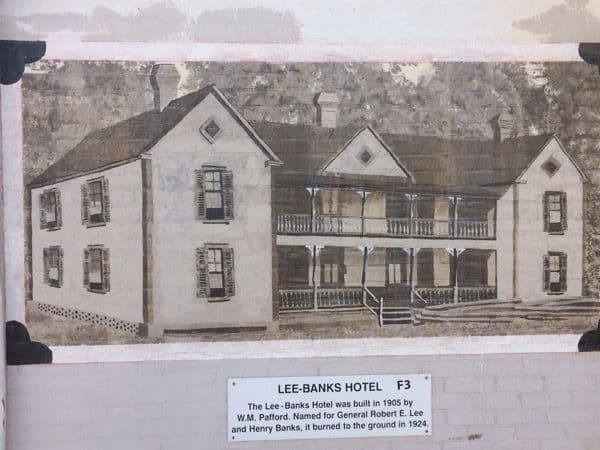
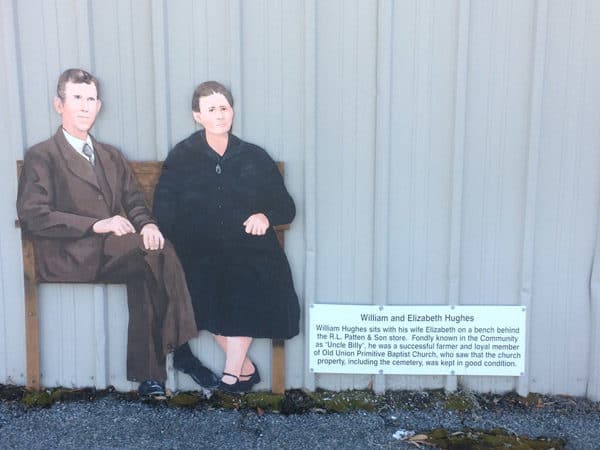
Most of the people in the murals are white, but blacks have not been left out.
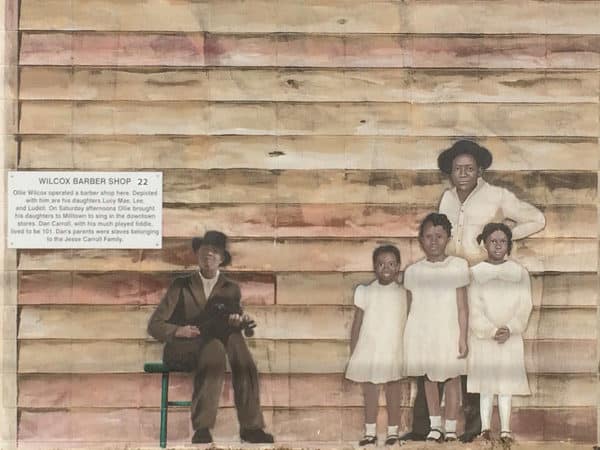
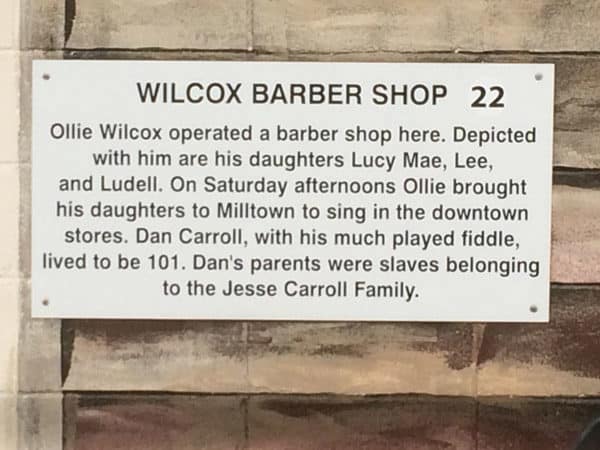
Lakeland is very small and strikingly poor — there were far too many boarded up storefronts — but the community tastefully and proudly displays its history. Here is a video about the town and its murals.
I kept thinking about Lakeland when I returned to Minneapolis and my usual surroundings:
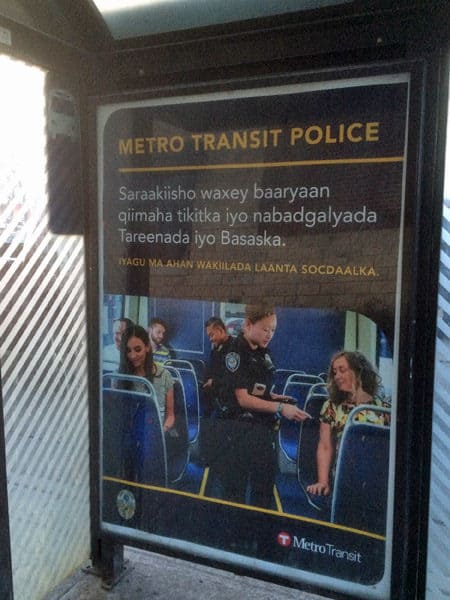
This is a bus ad in Somali telling riders they have to pay, and that police sometimes check for tickets. This is the sort of thing we have to explain to immigrants. Note that both police officers are Hmong.
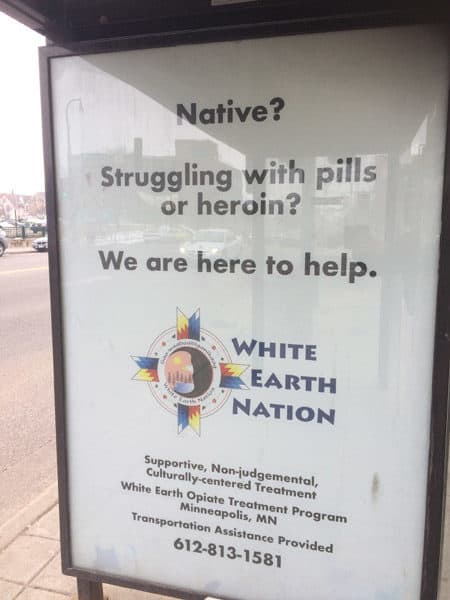
Here is another public service ad. I couldn’t find one for whites on opioids, even though many are dying from overdoses.
What do murals say about the communities that put them up? A hundred years from now, what do you want your descendants to find on the walls where you live? Childish paintings and government ads in foreign languages, or a tasteful depiction of local history?
The late Sam Francis wrote: “If Americans who still know what a culture is would like to have one of their own, the most revolutionary act they could perpetrate would be simply to turn off the television, cancel their subscriptions to most magazines, and start looking for a cave with some bare space on its walls.”















